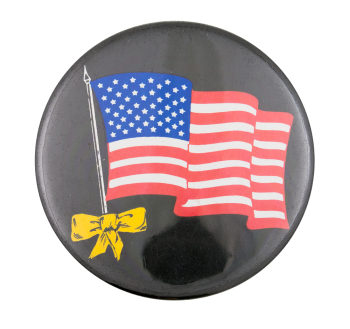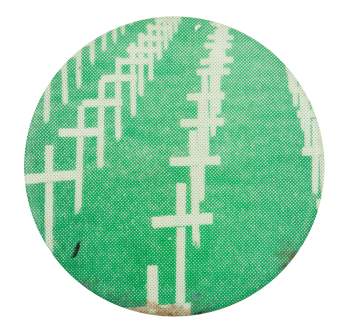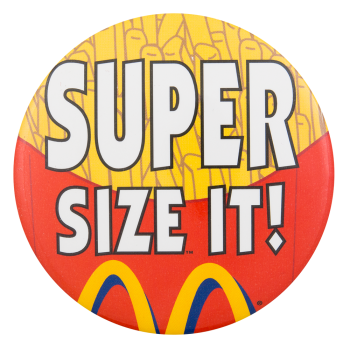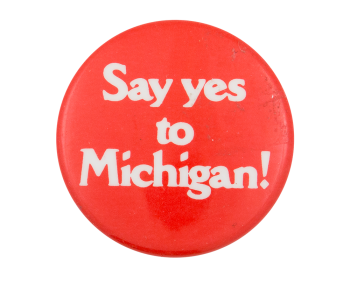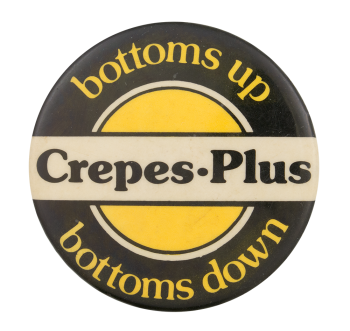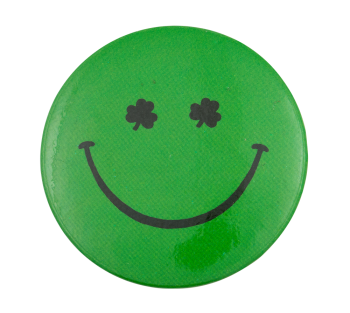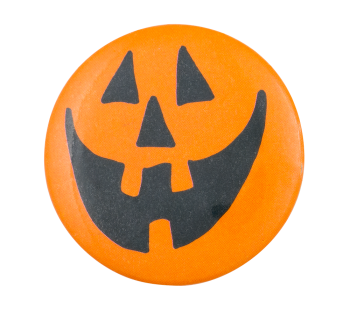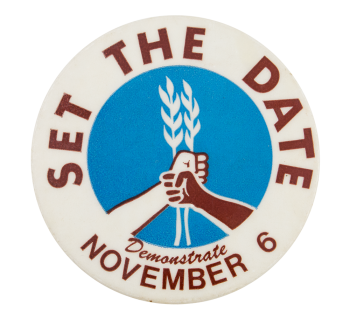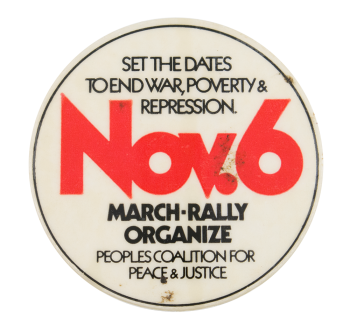American Flag and Ribbon
| Category | |
|---|---|
| Additional Images | |
| Sub Categories | |
| Image Description | Illustration of an American flag with a yellow ribbon on a black background |
| Back Style | |
| The Shape | |
| The Size | |
| Additional Information | A yellow ribbon tied around a tree or pole represents thoughts for military soldiers and troops deployed to active duty. The use is unofficial, but over the years, it has become part of the tradition to indicate a loved one is serving during wartime. Thought to have been started around the Civil War, tying a yellow ribbon is a much more modern concept. A Reader's Digest story, printed in 1971, told the tale of a prisoner returning home after a long sentence. He asked his family to tie white ribbons to a tree in the yard to signify if they wanted him to return. If he saw no ribbons, he would understand and move on with his life. In the story, the prisoner returns, relieved to find the tree overflowing with ribbons. It was a clear welcome from his family, and they were grateful for his return. This story was made into a T.V. movie in 1972 and then a hit song in 1973. During the late 1970s, displaying a yellow ribbon or tying one around a tree showed concern for American hostages held in Iran. It would again appear during the Gulf War in the 1990s. The symbolism of a yellow bow or ribbon has since become synonymous with support for American soldiers. |
| Sources |
Folklife. (2021). Ribbons. https://www.loc.gov/folklife/ribbons/ribbons.html |
| Catalog ID | CA0526 |

